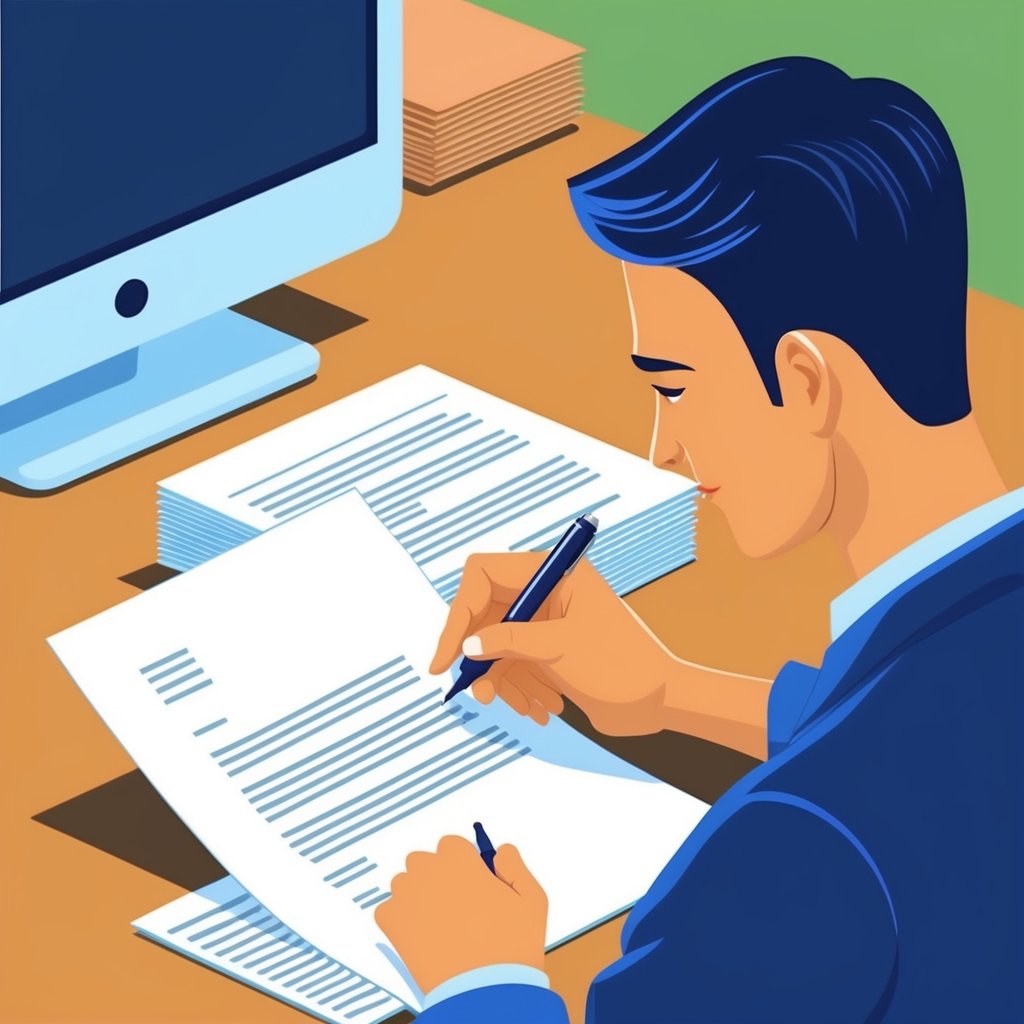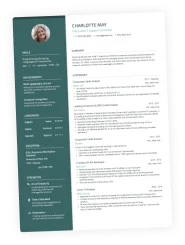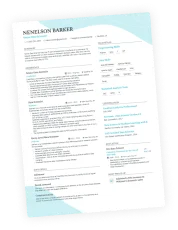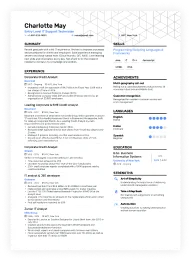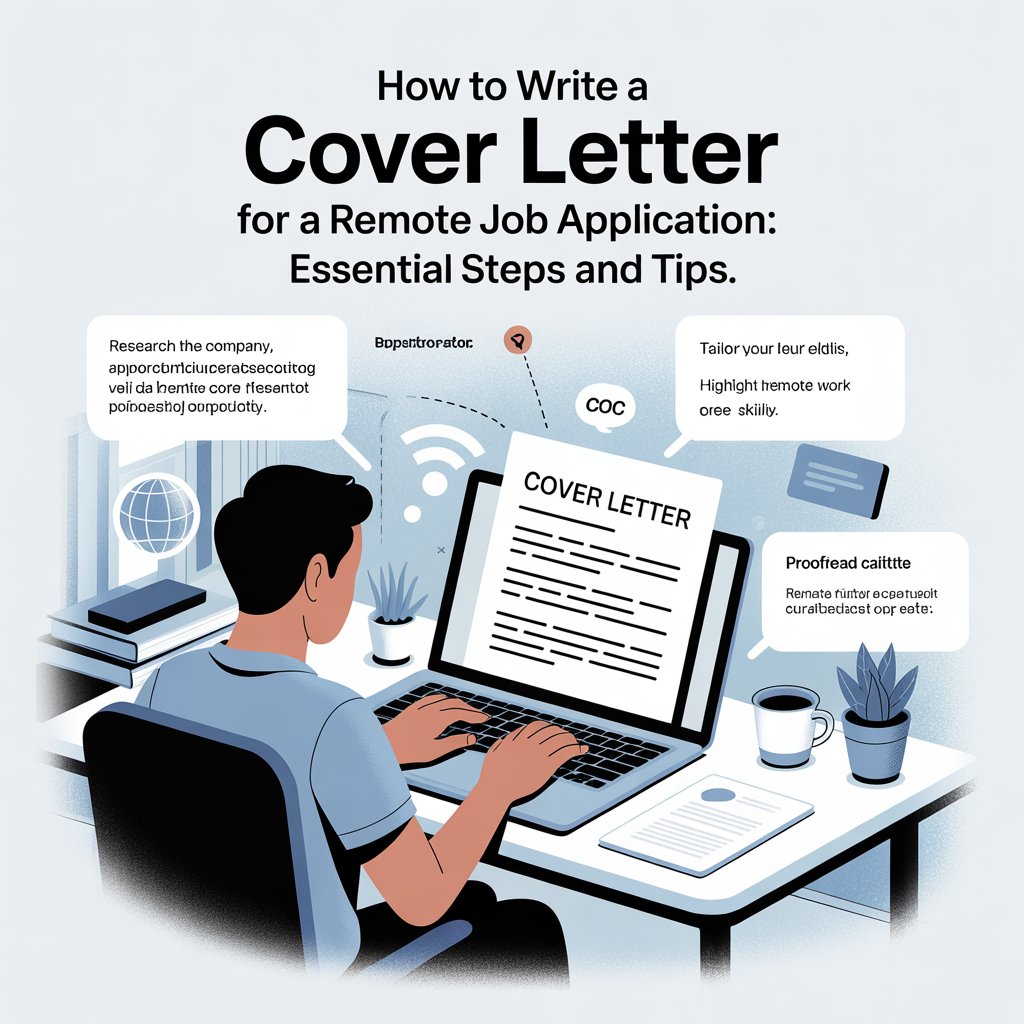A cover letter can absolutely tip the scales between landing an interview or fading into the background. Starting strong means being upfront about why you’re writing and hinting at what you can actually offer the company. That first impression matters—coming in with a direct, confident intro just feels right and makes people want to keep reading.

If you’re applying, don’t dance around it—mention the job you want and say you’re interested. Showing you’ve done your homework on the company and tying your skills to what they need? That’s what gets you noticed, or at least, it should. Want more inspiration for those opening lines? Here’s a list of ways to kick off a cover letter.
Key Takeaways
- Openings that are clear and punchy catch attention
- Match your skills to the company and role
- Keep your tone direct and confident
Understanding the Purpose of a Cover Letter
A cover letter isn’t just a formality—it gives employers a peek at who you are, not just what you’ve done. It’s your chance to show how your skills, background, and motivation actually line up with what they’re looking for.
Making a Strong First Impression
Let’s be real: the cover letter is usually the first thing a hiring manager sees. It’s your shot to speak directly to them and show you’re genuinely interested in the job.
A solid opening sentence can really set the mood and nudge them to keep reading. Be specific—mention the job title, toss in a couple strengths, and make it clear you’re a fit.
You want to sound confident, but not arrogant. A clear intro helps you pop out from the stack. There’s a lot of advice out there—MIT’s career office says stating your purpose right away grabs attention, which seems pretty spot-on.
Connecting Resume and Job Application
Think of the cover letter as the bridge between your resume and the job you want. Instead of rehashing your resume, explain how your experiences actually fit what the employer needs.
Share why you’re interested and what’s motivating you to apply. If you use keywords from the job description, it shows you’ve paid attention—Indeed actually recommends this.
The cover letter lets your personality and enthusiasm shine through. That’s something a resume just can’t do. It’s a chance to make your application feel more real and personal.
Analyzing the Job Description
Reading the job description closely helps you customize your cover letter for the role. Basically, you’re looking for what the employer really wants, then showing how you fit.
Identifying Required Skills
First, scan the job description for skills they mention—both hard and soft. Stuff like “project management,” “data analysis,” “team collaboration,” or “customer service” often pops up.
Honestly, making a quick table can help:
| Skill | Mentioned in Description? |
|---|---|
| Communication | ✔️ |
| Leadership | ✔️ |
| Excel Proficiency | ✔️ |
| Problem Solving |
Laying it out like this makes it obvious which skills to highlight. It’s a bit tedious, but it works. Drexel has some decent tips for this process.
Highlighting Relevant Qualifications
Once you know what they want, match your experience to those skills. Focus on education, certifications, and past jobs that are actually relevant.
For every key skill, give a quick example of when you used it. Stories, achievements, numbers—whatever backs you up. For instance:
- “Managed a team of five during quarterly projects, leading to faster completion and higher client satisfaction.”
- “Improved data accuracy by 15% using advanced Excel functions.”
If you can nail that skills match, your chances go up. Don’t go overboard with every little thing you’ve done—stick to what matters for this job. St. Olaf has a solid guide if you want more detail.
Essential Elements for Starting a Cover Letter
Every cover letter should kick off with a clear structure. That first chunk sets the tone and helps whoever’s reading find what they need without digging.
Writing the Heading
The heading goes right at the top—date, your address, the basics. It’s mostly about making it easy for the employer to see who’s writing and when.
Keep it simple and clean, something like:
- Date: May 1, 2025
- Name: Jordan Taylor
- Address: 123 Maple Street, Seattle, WA 98101
Put the date first, then your info. A few blank lines between sections keeps things tidy. No need to get fancy—just keep it readable. Here’s a quick guide if you want more on this.
Including Contact Information
After your heading, drop in the recipient’s info: name, title, company, address. If you can’t find a name, use a job title or department.
Here’s a basic layout:
| Recipient Name |
|---|
| Job Title |
| Company Name |
| Company Address |
Leave a blank line between your details and theirs—it just looks better. Double-check everything; wrong names or addresses are a bad look. This guide has more formatting tips if you need them.
Addressing the Hiring Manager Effectively

You want your cover letter to show professionalism and that you actually care about the details. Picking the right greeting—and knowing what to do if you don’t have the hiring manager’s name—can help you make a good first impression.
Using the Correct Salutation
If you can, address the hiring manager by name. “Dear” plus their full name and title is best. For example:
- Dear Ms. Jordan Lee,
- Dear Dr. Michael Kim,
Check the job post, company site, or LinkedIn to find the right person. If you’re unsure about gender or title, just use their full name—“Dear Taylor Harris” is safe.
A formal greeting just feels more professional. Skip casual stuff like “Hi” or “Hey,” and if you know the name, definitely don’t use “To Whom It May Concern.” Double-check the spelling—getting it wrong is an easy way to lose points. Novoresume has more on this.
When the Hiring Manager’s Name Is Unknown
Sometimes you just can’t find the name. That’s okay—go with a generic but still professional greeting. Some decent options:

- Dear Hiring Manager,
- Dear [Department] Hiring Team,
- Dear Human Resources Department,
Don’t get too informal or leave it blank. If you know the department, use it—“Dear Marketing Hiring Team” shows you tried. If the posting lists a department or contact email, use that. It still shows you’re making an effort. MyPerfectResume has more examples if you’re stuck.
Crafting a Compelling Introduction
A great cover letter intro grabs attention fast. Say who you are, why you’re reaching out, and connect your background to the job.
Showcasing Communication Skills
Your first lines should make it clear you can communicate well. Use direct language, keep the tone friendly but professional, and please—spellcheck. Mention the job right away, and if you can, address the letter to a person.
Clear writing makes you stand out. Don’t be boring or robotic—let your voice show. For example:
- Bad: “My name is John and I want this job.”
- Better: “With three years in marketing, I am excited to apply for the Marketing Assistant position at Greenfield Corp.”
Showing a bit of excitement and purpose proves you know how to get your point across, which is honestly what every employer wants. For more examples, here’s a guide on strong cover letter intros.
Demonstrating Skills Match
Right from the start, it’s smart to show you’ve got what the employer’s after. Skim the job description, pick out the main skills or duties, and call out a couple that you know you can back up.
Keep it snappy. Something like, “I bring strong project management and communication skills that fit the needs listed in your posting.” That’s enough to get the point across and show you’re tuned in to what they want.
When you lead with your best skills, hiring managers can instantly see why you’re worth a closer look. It also shows you actually get what the job’s about—and that you’re not just firing off the same application everywhere. If you want a more detailed example, here’s some advice on how to write a cover letter.
Presenting Your Qualifications and Experience

The right mix of qualifications and job experience can really help you stand out. It’s also about writing in a way that makes your accomplishments easy to spot—nobody wants to dig for details.
Highlighting Relevant Work Experience
Focus on jobs, internships, or projects that actually line up with what the employer needs. Name the job, mention the main tasks, and don’t be shy about what you did. Action verbs help—think, “led a team of five,” “improved customer feedback scores by 30%,” “managed daily scheduling,” or whatever fits.
Try to tie each task to a skill the job calls for. Here’s a quick breakdown:
| Previous Role | Skill Shown | Job Match |
|---|---|---|
| Retail Associate | Customer Service | Team Communication |
| Data Analyst Intern | Data Interpretation | Problem-Solving |
| Office Assistant | Time Management | Organization |
Numbers are your friend here—mention results when you can. Employers love seeing phrases like “increased sales by…” or “reduced errors by…” because it’s proof you made a difference. For more on this, check out how to write about relevant experience.
Showcasing Writing Abilities
Good writing counts for a lot, especially in a cover letter. Use proper spelling and grammar, but don’t overthink every sentence—just keep it clear and on point. No need for fancy words or too much fluff. Every sentence should have a reason to be there.
If writing is a big part of the job, mention something you’ve written—a newsletter, a published article, whatever fits. Positive language helps too, like “collaborated with team members to achieve project goals.”
Reading your letter out loud (even if it feels a little awkward) can help you catch weird phrasing or missing words. Or, better yet, have someone else read it. If you’re looking for more ways to start strong, Indeed has some cover letter tips worth checking out.
Final Steps Before Sending

Even the best cover letter can get knocked down by tiny mistakes or missing info. A careful review and a thoughtful sign-off can make a solid impression and show you’re serious.
Proofreading for Spelling and Grammatical Errors
Proofreading—yeah, it’s not glamorous, but it matters. Even a single typo can make you look careless. Grammar slips? Those can trip up the flow or just make it harder to read.
Try reading your letter out loud; you’ll spot awkward spots or missing words way easier. Spell-check is good, but not perfect. Honestly, having another person take a look can catch things you might miss.
After that, double-check that everything’s accurate—names, titles, contact details. If you want more advice, here’s a cover letter writing guide.
Including a Strong Closing Paragraph
A strong closing should leave the reader with a good feeling about you. Wrap up by quickly reminding them of your best skills or experiences, and don’t forget to thank them for their time.
Make it clear how they can reach you—email, phone, whatever works best. Employers appreciate it when you’re straightforward and polite.
End with a line that shows you’re interested, like “I look forward to hearing from you,” but don’t go overboard. For more on closings, check out this cover letter guide.
Frequently Asked Questions
Starting a cover letter isn’t always easy. Those first lines set the vibe and can make a big difference.
What should I include in the opening of my cover letter?
Begin by saying which job you’re applying for and where you found it.
It never hurts to mention why you’re interested in the company or role, either.
How do I address the recipient in a cover letter?
If you can, address it to a specific person: “Dear [Name].” If you don’t have a name, “Dear Hiring Manager” or “Dear [Department] Team” works fine.
What are effective strategies for starting a cover letter?
One good move is to link your experience or skills to what the job ad asks for. Or, just get right to why you want to work there.
Some folks recommend echoing keywords from the job description—this helps show you’re a fit, as the Cawley Career Education Center suggests.
Can you provide an example of a strong cover letter introduction?
Here’s one way to do it: “I am excited to apply for the Marketing Assistant position after seeing it posted on your company’s careers page. My background in social media and passion for creative campaigns make me a great fit for your team.”
What tone should I use when writing the first sentence of my cover letter?
Aim for professional and upbeat.
Confidence is good, but don’t push it—nobody likes arrogance or too much casual talk.
How can I customize my cover letter introduction for a specific job application?
Pull in some specifics from the job posting—maybe a requirement or two that really caught your eye—and mention what draws you to the company or the position itself.
Honestly, sprinkling in a few keywords from their description can make your intro feel way more on point. There’s a handy discussion about this over at Prosple Forum, if you’re curious.
